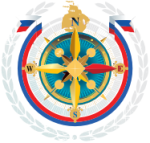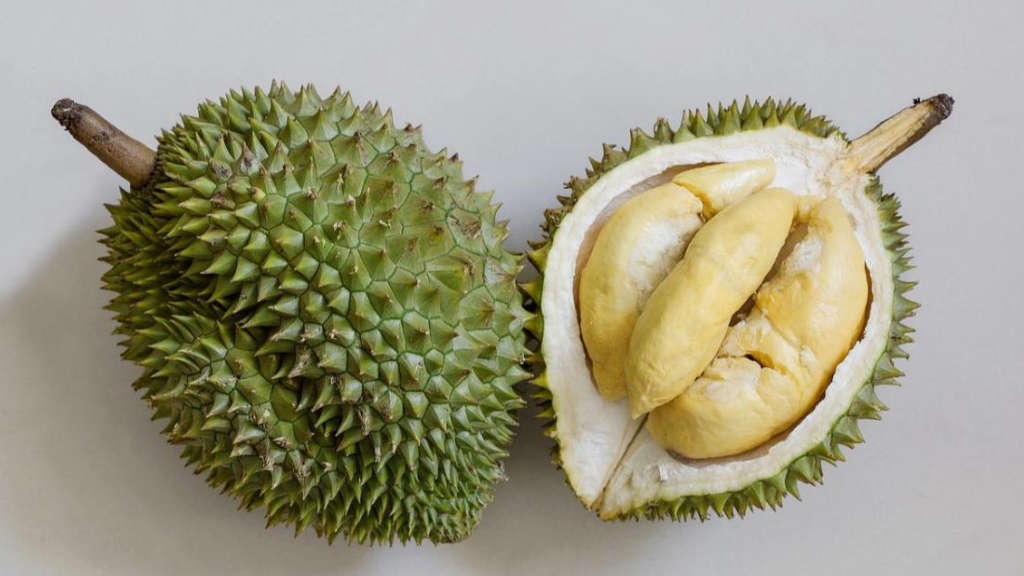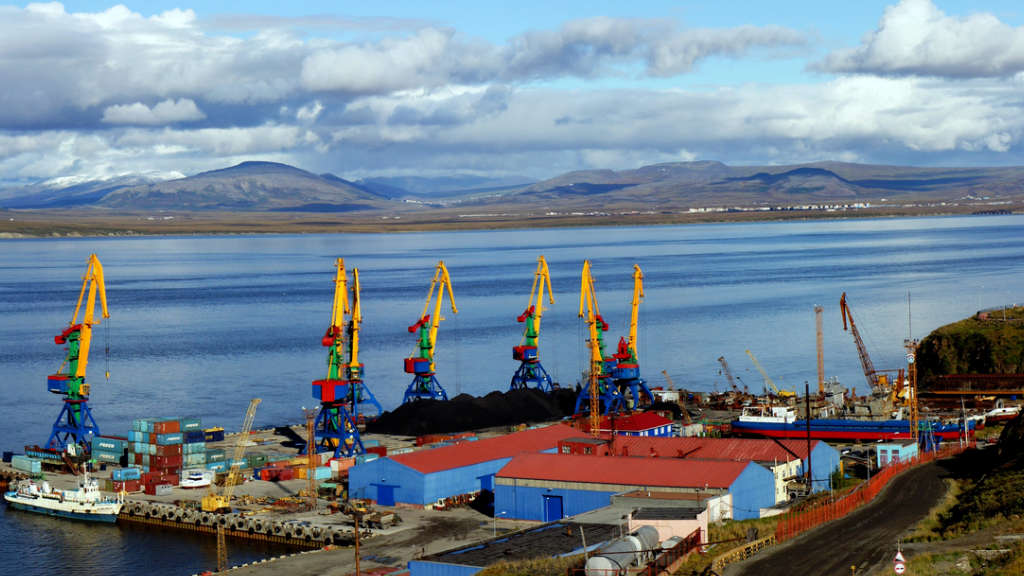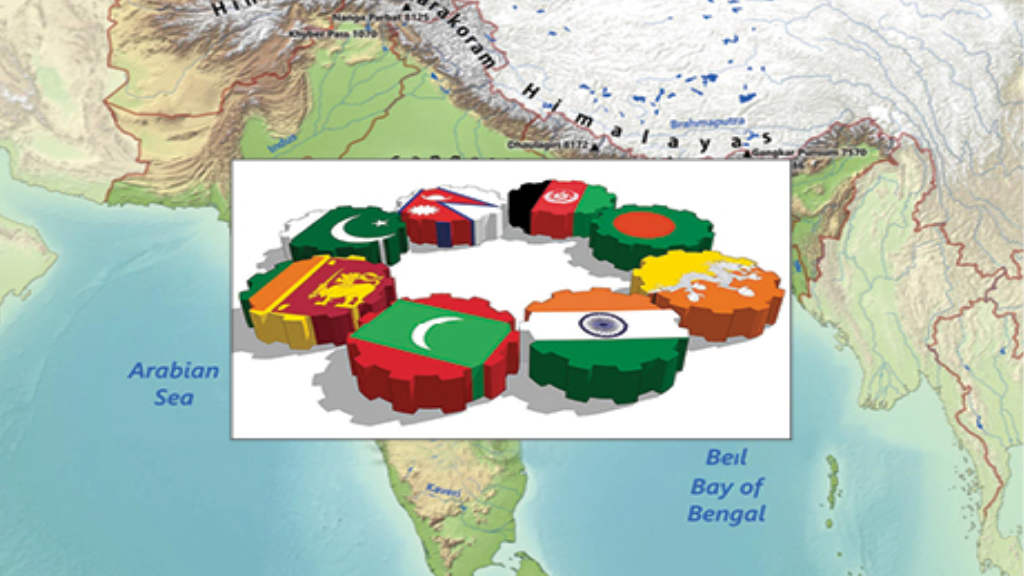The 4th Caspian Region Transport and Logistics International Forum has been taking place in Astrakhan, with specific technical discussions over the performances of the region’s ports. Delegates visited the facilities of VTS Group, Astrakhan Port, the shipbuilding operations of YUCSS, and the Kutum freight terminal of Russian Railways. The event was chaired by Mikhail Kabakov, First Deputy Minister of Industry, Trade and Energy of the Astrakhan Region.
He emphasised that the Caspian section of the International North-South Transport Corridor (INSTC) is becoming increasingly in demand. According to Kabakov, growth in cargo traffic has been enabled by major modernisation efforts undertaken by freight terminal operators. The Caspian logistics cluster, created in Astrakhan, is also being actively developed. This cluster, the only one of its kind in Russia, combines the industrial-production Lotus Special Economic Zone (SEZ) with the Olya Port SEZ. The cluster provides access to the markets of the Caspian countries, Southeast Asia, the Middle East, and India.
Increased transhipment volumes have also been made possible through targeted development of the region’s water transport hub. This includes dredging operations in the Volga-Caspian shipping canal to accommodate vessels with deeper drafts. To ensure uninterrupted winter navigation, an icebreaking fleet has also been introduced.
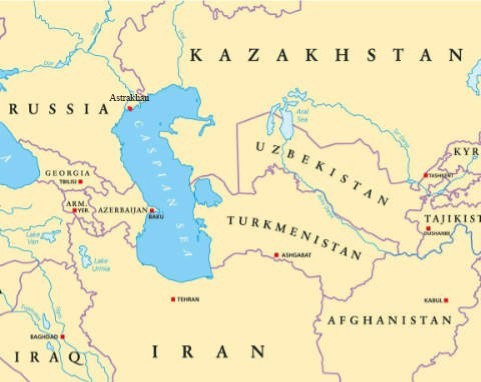
Kabakov underlined that the annual Caspian Region Transport and Logistics Forum serves as a platform for resolving pressing issues of end-to-end logistics, improving international settlements, and addressing other sectoral challenges.
Topics covered included export quotas, underutilized grain terminals, falling water levels, support measures for exporters, and opportunities to access new markets in the Persian Gulf using the full range of North-South ITC infrastructure, water, rail, and road.
Also discussed were inland waterborne freight transport in the Caspian Sea and the Volga River basin, with the development of port and river infrastructure, new vessel projects (dry cargo, tankers, and barge-tug combinations), and solutions to bottlenecks along key water corridors.
Russia’s inland waterways network, a major transportation artery, boasts a total length of 101,613 kilometers, with 50,000 km currently considered navigable. This is comparable to the reach of Russia’s railway network at 105,000 km in length, of which 54,054 km are electrified.
Russia’s use of Special Economic Zones to boost and coordinate manufacturing combined with related industries, providing tax incentives and import and export facilities, mirrors the state policy that China so successfully introduced in the early 2000’s. This, coupled with the re-development of Russia’s massive inland waterway network can be expected to radically reform the Russian economy as a major part of the global supply chain network.
Further Reading
